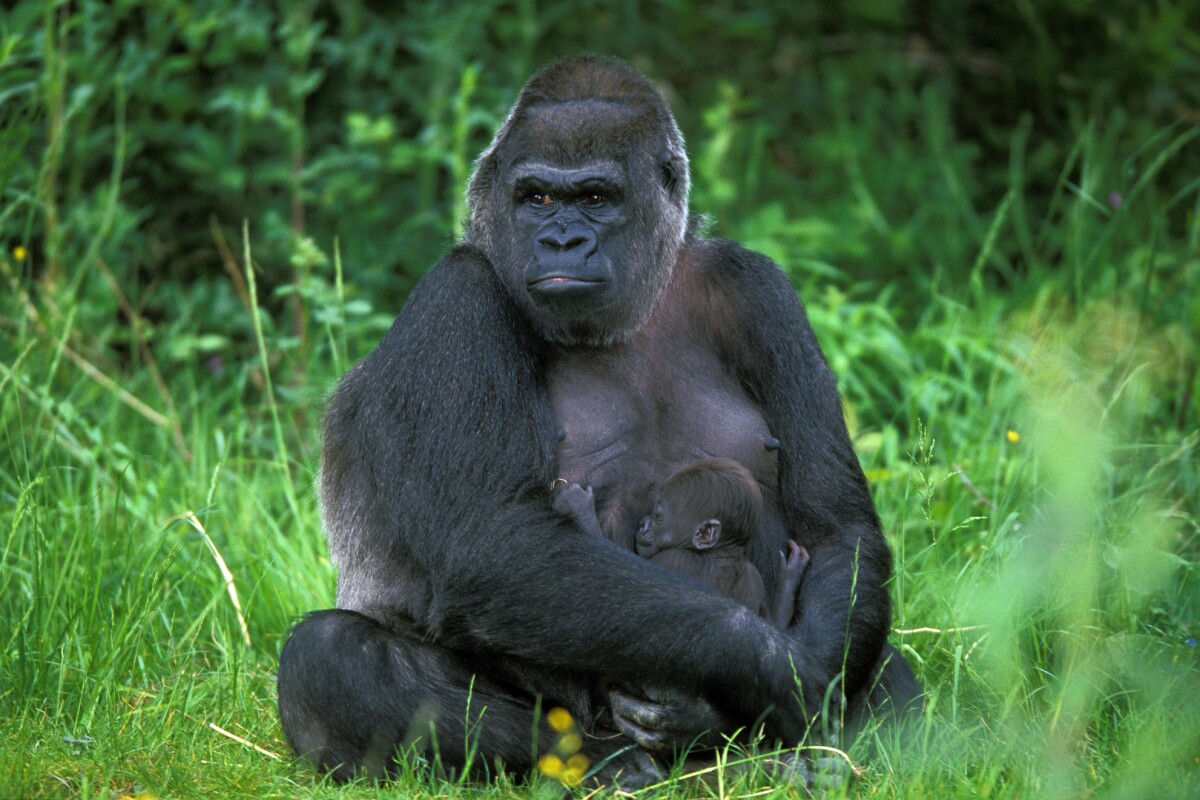
WWF report details 68 percent drop in wildlife numbers since 1970
by Nick LavarsHuman activity is placing a growing strain on the planet's biodiversity, and a new report from the World Wildlife Fund (WWF) has laid bare the extent of the damage so far. Drawing on extensive analysis of species' populations around the world, the report reveals an average decline of 68 percent in vertebrate species numbers between 1970 and 2016, a decline the authors describe as "catastrophic."
These dire revelations are from the WWF’s Living Planet report, which is published every two years and tracks global biodiversity through what the organization calls the Living Planet Index. This metric is provided by the Zoological Society of London (ZSL) and is based on data from more than 4,000 sources, offering an average change in the size of almost 21,000 populations of mammals, birds, fish, reptiles and amphibians around the globe.
This year’s Living Planet Report follows the 2018 instalment that revealed a 60 percent decline in wildlife populations since 1970. The 2016 edition warned that two thirds of the world’s wildlife could be gone by 2020 due to human activity, which appears particularly prescient today.
“The Living Planet Index is one of the most comprehensive measures of global biodiversity,” says Dr Andrew Terry, ZSL’s Director of Conservation. “An average decline of 68 percent in the past 50 years is catastrophic, and clear evidence of the damage human activity is doing to the natural world. If nothing changes, populations will undoubtedly continue to fall, driving wildlife to extinction and threatening the integrity of the ecosystems on which we all depend. But we also know that conservation works and species can be brought back from the brink. With commitment, investment and expertise, these trends can be reversed.”
According to the report, the losses can be attributed to environmental destruction driven by deforestation and unsustainable agriculture, with the illegal wildlife trade also a key contributor.
Loss and degradation of natural habitats have hit some species harder than others, the eastern lowland gorilla in the Democratic Republic of Congo being one example of a severely affected population, with an estimated 87 percent decline between 1994 and 2015 due largely to illegal hunting.
Populations living in freshwater habitats represent that sharpest decline of any biome, with a drop of 84 percent between 1970 and 2016, losing the equivalent of four percent a year. An extreme example of this is the decline in the spawning population of the Chinese sturgeon in the country’s Yangtze river, which dropped by 97 percent between 1982 and 2015.
“The Living Planet Report 2020 underlines how humanity’s increasing destruction of nature is having catastrophic impacts not only on wildlife populations but also on human health and all aspects of our lives,” says Marco Lambertini, Director General, WWF International. “We can’t ignore the evidence – these serious declines in wildlife species populations are an indicator that nature is unraveling and that our planet is flashing red warning signs of systems failure. From the fish in our oceans and rivers to bees which play a crucial role in our agricultural production, the decline of wildlife affects directly nutrition, food security and the livelihoods of billions of people.”
The full Living Planet Report 2020 can be found online here.
Source: World Wildlife Fund